MacGregor, part of Cargotec, has launched a fibre-rope retrofit option for its subsea cranes. The modular upgrade replaces the crane's original steel wire rope with high-performance synthetic fibre rope, using the same technology as MacGregor's advanced fibre-rope crane, the FibreTrac 1500, which was introduced earlier this year.
These game-changing cranes combine MacGregor's proven offshore crane technology with the fibre-rope tensioning technology perfected by Parkburn Precision Handling Systems.
"We are proud to introduce our fibre-rope retrofit option to the market. This unique system offers a good investment to our customers to expand their operational window," says Alexander Nürnberg, Senior Vice President, Technology and R&D, MacGregor.
Heavier lifts at greater depths
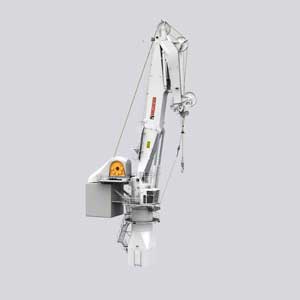 Fibre rope's great advantage when used in this context is that it weighs virtually nothing in water, so regardless of the length of rope paid out; it does not add anything to the load experienced by the crane. This is in complete contrast to wire rope, where the increasing weight of wire paid out progressively and seriously limits the load permissible in relation to depth.
Fibre rope's great advantage when used in this context is that it weighs virtually nothing in water, so regardless of the length of rope paid out; it does not add anything to the load experienced by the crane. This is in complete contrast to wire rope, where the increasing weight of wire paid out progressively and seriously limits the load permissible in relation to depth.
"MacGregor is always searching for new solutions that deliver a competitive edge for our customers," says Gaute Sjusdal, Director of Advanced Offshore Solutions, Global Lifecycle Support at MacGregor. "By employing this fibre-rope technology, a crane is able to use its full lifting capacity at maximum depths, so a smaller crane and vessel can be used for more assignments. The fibre rope crane can lift loads at practically any depth that is required, allowing these vessels to bid on a wider range of contracts."
Effectively, a 100-tonne fibre-rope crane has the same lifting capacity as:
- a 150-tonne crane with steel wire rope, lifting at a depth of 2,000m
- a 200-tonne crane with steel wire rope, lifting at a depth of 3,000m
- a 250-tonne crane with steel wire rope, lifting at a depth of 3,500m
Quick installations minimize downtime
The retrofit system is designed in modules for rapid installation. It includes a deep water capstan traction device, delivered in partnership with Parkburn Precision Handling Systems, which replaces the crane's original main winch and overcomes the problems traditionally associated with handling fibre rope. The system also includes a low tension fibre-rope storage drum.
The fibre rope can be inspected for wear, internally and externally. The ability to splice in new sections adds great flexibility to the system. "While the entire rope can be replaced if necessary, damaged sections can easily be replaced and the length can be increased as required," says Mr. Sjusdal. "Transportation is simple and requires no special equipment. In contrast, 3,000m of steel wire rope poses some significant challenges and has special transportation, handling and spooling requirements. With its low weight, a synthetic fibre rope can be shipped in a normal container; there is no need for a drum. Also unlike wire rope, fibre rope does not require lubrication, eliminating a source of pollution.
"The crane will be continuously connected to a monitoring system, which delivers real-time data used to detect conditions that could lead to a breakdown. We will distribute operational parameters to our customers, to ensure that the equipment works to its best potential," Mr. Sjusdal notes. "This is also a good example of how MacGregor customers can benefit from the broader experience that Cargotec has across the cargo and load handling industries in leveraging analysis to develop insights and value from data."
Watch Video


 Lars F. Hansen, President of MacArtney Inc.
Lars F. Hansen, President of MacArtney Inc.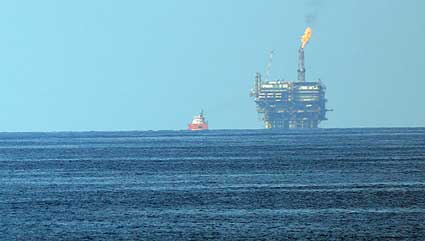 Zohr gas field offshore Egypt
Zohr gas field offshore Egypt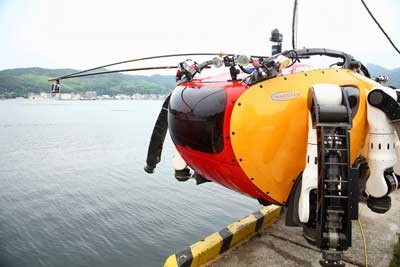 Photo courtesy: Sonardyne
Photo courtesy: Sonardyne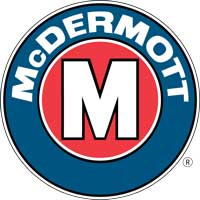 McDermott International, Inc.
McDermott International, Inc.
 Photo courtesy: Fugro
Photo courtesy: Fugro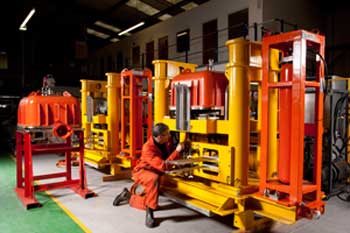 One of Proserv's subsea technicians working on the development of a subsea controls solution. Photo credit: Proserv
One of Proserv's subsea technicians working on the development of a subsea controls solution. Photo credit: Proserv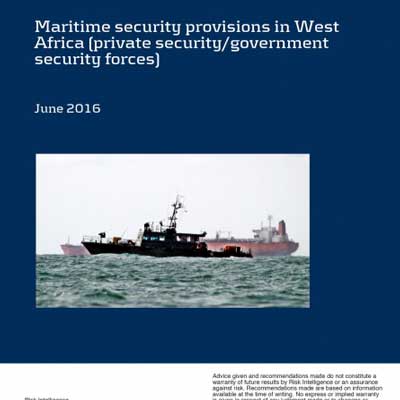 Maritime operations in West Africa are affected by threats from piracy and other maritime crime. It is very complex to get an overview of the different types of maritime security provisions that are legal in the countries throughout the region.
Maritime operations in West Africa are affected by threats from piracy and other maritime crime. It is very complex to get an overview of the different types of maritime security provisions that are legal in the countries throughout the region. 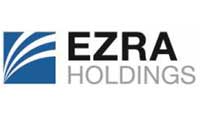 Ezra Holdings Limited
Ezra Holdings Limited Phil Stockton, Director, Accord Energy Solutions. Photo courtesy: Accord Energy Solutions
Phil Stockton, Director, Accord Energy Solutions. Photo courtesy: Accord Energy Solutions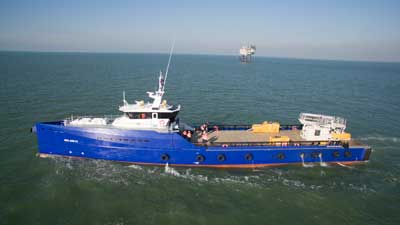 Photo courtesy: Damen
Photo courtesy: Damen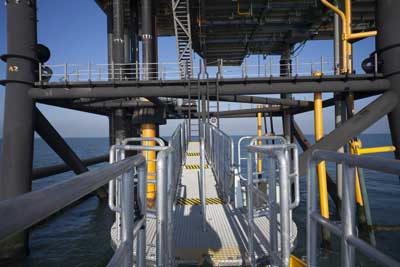 Photo courtesy: Damen
Photo courtesy: Damen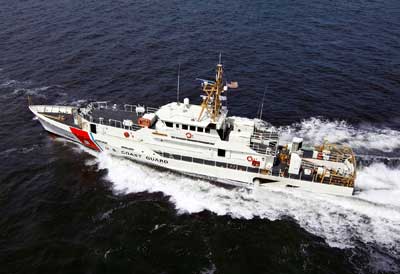 Sister Ship of the USCGC JOSEPH TEZANOS, USCGC MARGARET NORVELL operating in the U.S. Gulf of Mexico.
Sister Ship of the USCGC JOSEPH TEZANOS, USCGC MARGARET NORVELL operating in the U.S. Gulf of Mexico.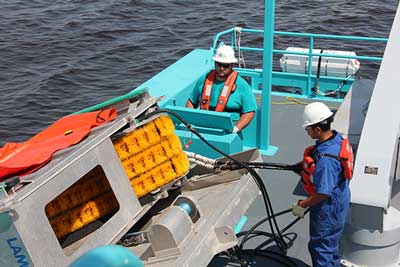 Photo courtesy: BSEE
Photo courtesy: BSEE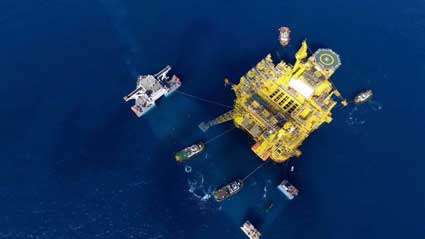 Photo courtesy: Dockwise
Photo courtesy: Dockwise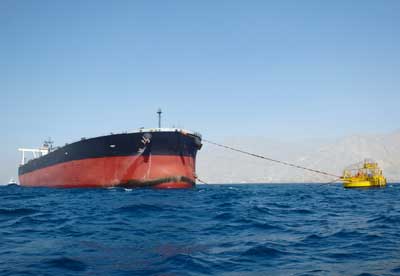 Photo courtesy: Marsol International
Photo courtesy: Marsol International Fibre rope's great advantage when used in this context is that it weighs virtually nothing in water, so regardless of the length of rope paid out; it does not add anything to the load experienced by the crane. This is in complete contrast to wire rope, where the increasing weight of wire paid out progressively and seriously limits the load permissible in relation to depth.
Fibre rope's great advantage when used in this context is that it weighs virtually nothing in water, so regardless of the length of rope paid out; it does not add anything to the load experienced by the crane. This is in complete contrast to wire rope, where the increasing weight of wire paid out progressively and seriously limits the load permissible in relation to depth.